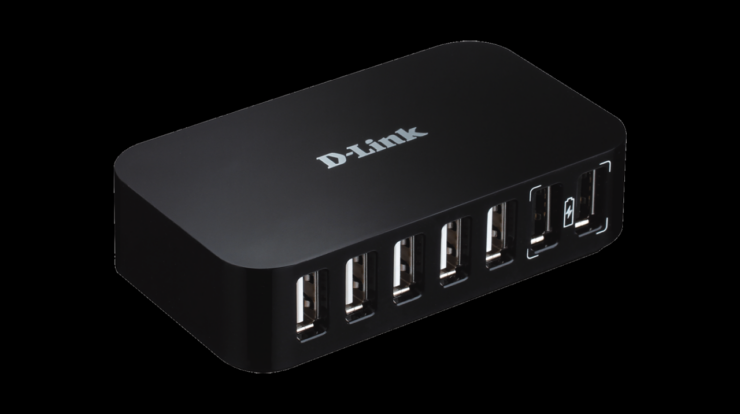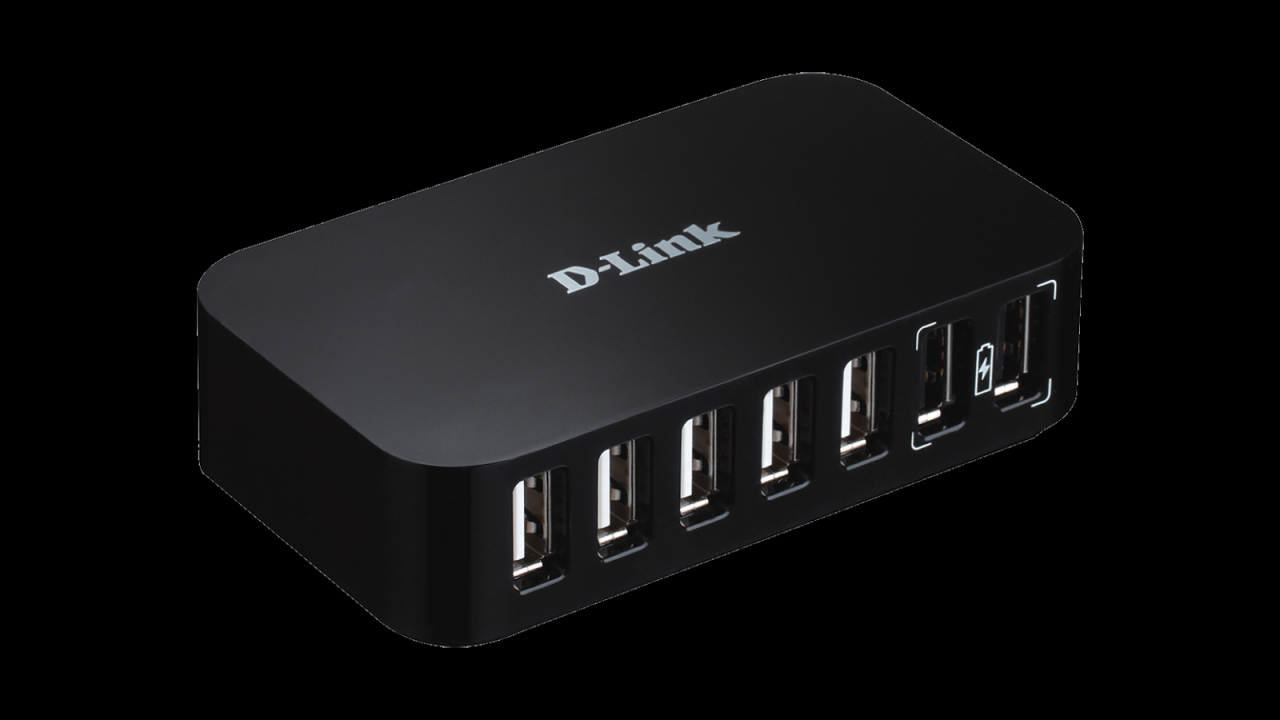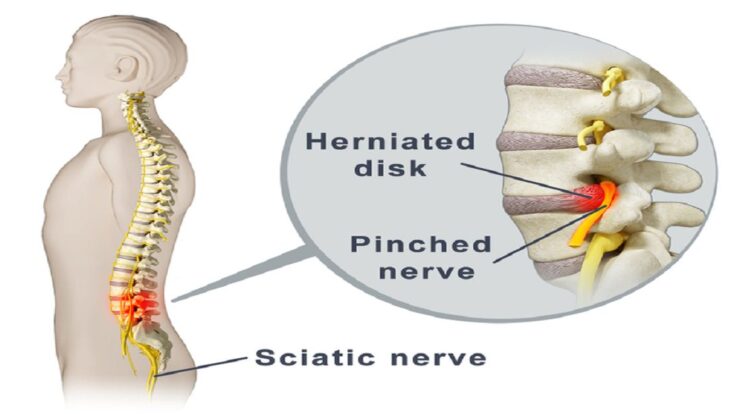
Hub definition provides a comprehensive overview of the concept of hubs, exploring their purpose, functions, types, benefits, challenges, design, applications, and future directions. This guide offers a deep dive into the world of hubs, empowering readers with the knowledge to harness their potential for enhanced connectivity and collaboration.
Hubs serve as central points of connection, facilitating interactions and exchanges between multiple entities. They play a crucial role in various industries and sectors, enabling seamless communication, resource sharing, and collaborative efforts.
Definition and Meaning
A hub is a central point of connection or distribution in a network or system. It serves as a connecting point for multiple devices, allowing them to communicate and share resources.
Hubs can take various forms, including physical devices like network hubs, USB hubs, or software applications that facilitate connections between different components of a system.
Purpose and Functions
Hubs serve a vital role in networks and systems by enabling connections and facilitating communication.
- Centralization:Hubs centralize connections, allowing multiple devices to connect to a single point.
- Data Transfer:Hubs enable data transfer between connected devices, allowing for the exchange of information and resources.
- Network Management:Hubs provide a central point for network management and monitoring, simplifying administration and troubleshooting.
Types and Categories: Hub Definition

| Type | Description | Examples |
|---|---|---|
| Network Hub | A physical device that connects multiple network devices, such as computers and printers, to a single network. | Ethernet hub, Wi-Fi hub |
| USB Hub | A physical device that expands the number of USB ports available on a computer, allowing for the connection of multiple USB devices. | USB 2.0 hub, USB 3.0 hub |
| Software Hub | An application that facilitates connections between different components of a software system, such as databases or web services. | Enterprise service bus (ESB), integration platform as a service (iPaaS) |
Benefits and Advantages
- Enhanced Connectivity:Hubs provide a central point of connection, simplifying network management and improving device accessibility.
- Resource Sharing:Hubs enable multiple devices to share resources, such as printers, storage devices, and internet access.
- Increased Efficiency:By centralizing connections and automating data transfer, hubs improve network efficiency and reduce downtime.
- Scalability:Hubs allow for easy expansion of networks and systems, accommodating additional devices and increasing capacity.
End of Discussion
In conclusion, hub definition encompasses a wide range of aspects, from their fundamental concepts to their practical applications. Understanding the intricacies of hubs empowers individuals and organizations to leverage their capabilities effectively. As technology continues to evolve, hubs will undoubtedly play an increasingly vital role in shaping the future of connectivity and collaboration.
Questions Often Asked
What is the primary purpose of a hub?
A hub’s primary purpose is to facilitate connections and interactions between multiple entities, serving as a central point for communication, resource sharing, and collaboration.
What are the different types of hubs?
Hubs can be categorized into various types, including network hubs, USB hubs, IoT hubs, social media hubs, and transportation hubs, each serving specific purposes and functions.
What are the key benefits of using a hub?
Hubs offer numerous benefits, including enhanced connectivity, improved efficiency, increased collaboration, centralized management, and access to shared resources.





